The History of Technology - Source Engine
| GENERAL INFORMATION ABOUT TECHNOLOGY |

The Source engine, emerging from the shadow of a giant like Valve, has far exceeded expectations and carved its own path to glory. Source developed by Valve Software, an engine based on the Qake Engine put an end to old technologies and spurred the community to create a new era of engines. Gabe Newel's first statement after acquiring the engine "When we sat down and saw the engine, we realized that to create a great first-person shooter, you do not need to do innovative development in this area, which is already done by Carmack."
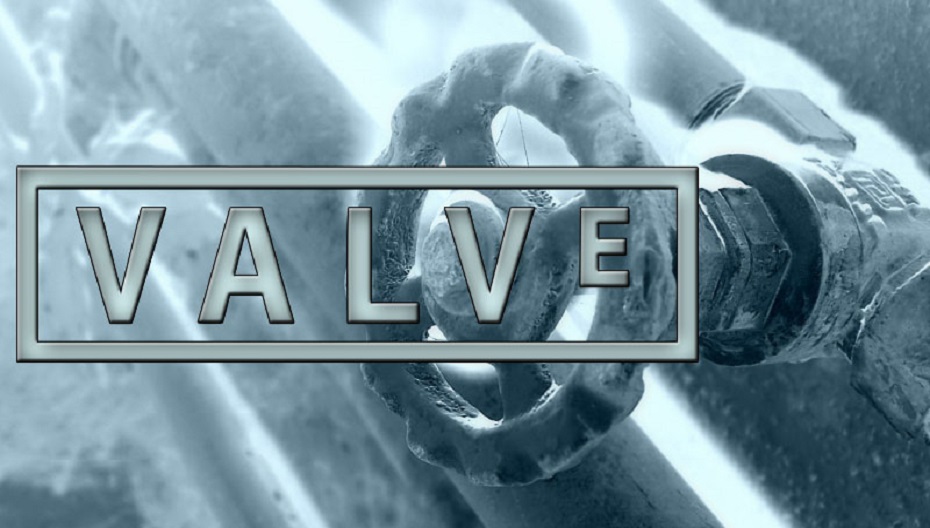
Fortunately, the engine did not fully satisfy all the needs of Valve, the developers were guided by the principle - we want something, we will make it appear in the game. Based on this, Valve heavily shoveled the engine so that the game would look not like Quake, but as the developers themselves want it to.
In the first versions of the engine, support for dynamic lighting was even implemented, but later, due to the insufficient power of computers of that time, it was decided to remove this technology. The graphics engine has been heavily redesigned so that Half-Life does not look like its direct competitor Quake. Half-Life had to not only look better than Quake, but also be technically better than Quake. Because of this problem, the release of Half-Life was delayed by almost a year. Half-Life was the first game in which NPC characters were divided into allies and enemies. Skeletal animation and facial expressions were also added to the engine - this is a truly brilliant innovation, this technology is now used in all physical models.
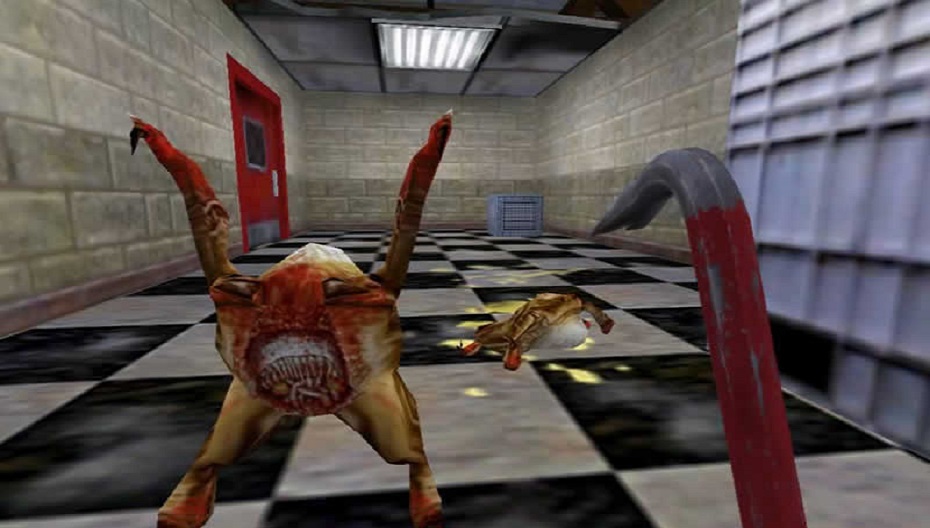
By giving models a skeleton, programmers can create character animation much easier and better, which also made it possible to create various scenes in games faster and more beautifully. The innovation also affected the facial expressions - if earlier the characters, as a rule, ventriloquized with their voice, now their faces have found their own life. This engine was later regularly reworked and refined, both by Valve and by third parties. Valve themselves updated it using the Steam system. Gearbox released several games on it, of which Half-Life: Blue Shift and Half-Life: Opposing Force are worth noting. Gearbox's modifications added higher resolution textures, anti-aliasing, and improved facial expressions.

For the release of Counter Strike: Condition Zero, a new version of the engine was developed jointly by Valve, Gearbox and TurtleRock, which added the ability to use highly detailed textures. Textures were superimposed on top of others and created a feeling of roughness of the plane, such as cracks, cracks, etc. Alpha textures were also added, such textures could be set to a degree of transparency, which is used in a number of scenes.
| History of the Source Engine |
A bit of development history: it all started in 1998, when the developers, completing work on their first game in the Half-Life series, realized that during the development process a lot of developments and details appeared that they would like to introduce into the engine, but because the game was already almost ready, they did not dare to introduce new solutions. In subsequent odes, the developers used the terms for the name of the engine directly as "GoldSource" and "Source". GoldSource developed from the source code of the release version of the engine, while Src remained an experimental version and related to a future version of the engine.
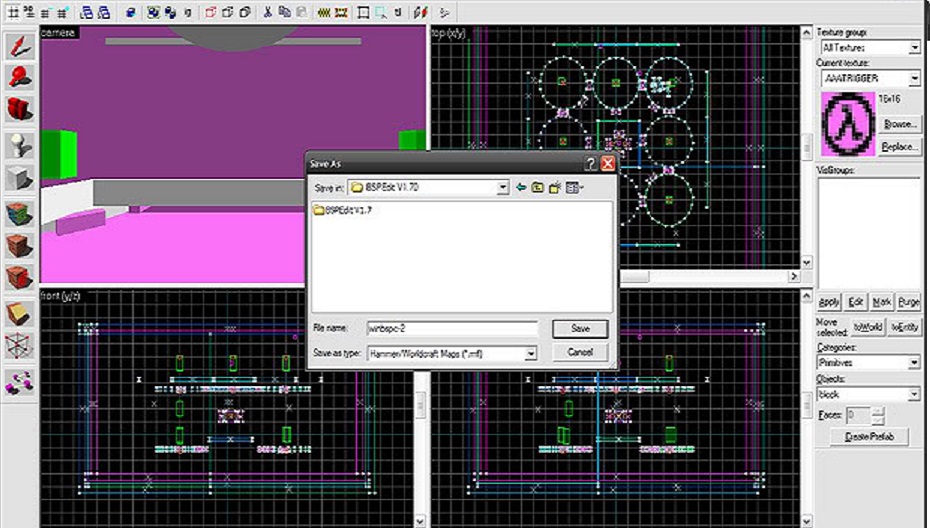
Thus, the name Source began to be used to describe the new engine, and GoldSource became the name of the previous generation of technology. It is worth noting that the name in literal translation means "source", but the word source is also used in the phrase source code - source code.
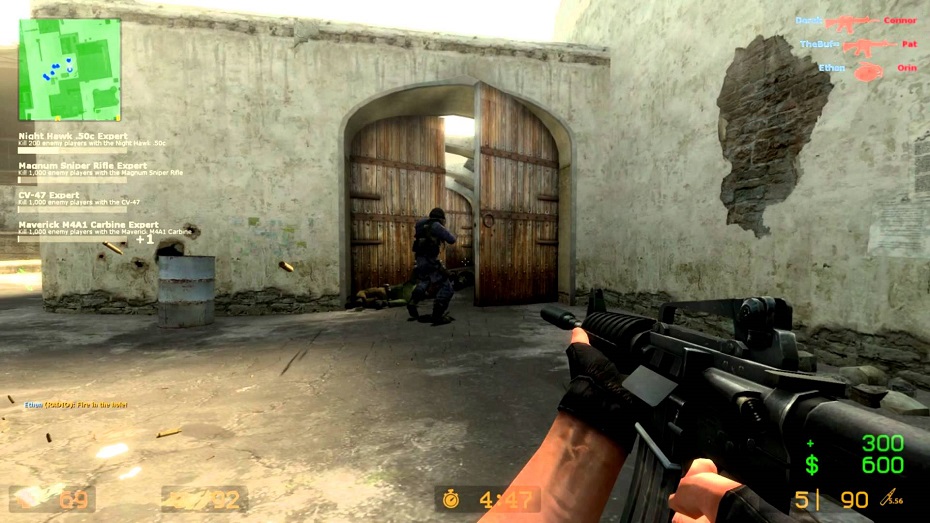
The first game on the Source engine was the multiplayer shooter Counter-Strike: Source, released in October 2004, it became a kind of demonstration of the engine, which is why the name of the technology is inscribed in its name, being a recreated version of the classic Counter-Strike shooter with the latest graphics for that time .
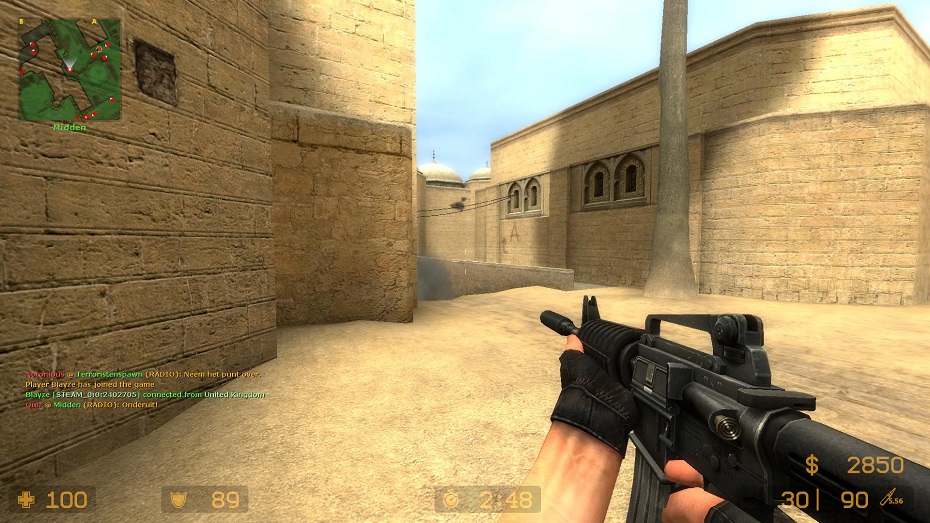
A little later, a sequel to Half-Life was released - Half-Life 2, a story-driven sci-fi shooter that went on to win many awards and is noted as having graphics that are among the most progressive of its time. Half-Life 2 makes heavy use of a physics engine based on Havok licensed by Valve. Numerous puzzles based on playing with physical laws are built using the Havok Engine. In the future, the theme of puzzles with the laws of physics was interestingly developed in another Valve project - Portal, released in 2007, the main idea of the game is moving using teleports. In addition to the advanced physics model, Half-Life 2 featured some of the most advanced facial animation technology of its time. Graphics engine using DirectX version 9,
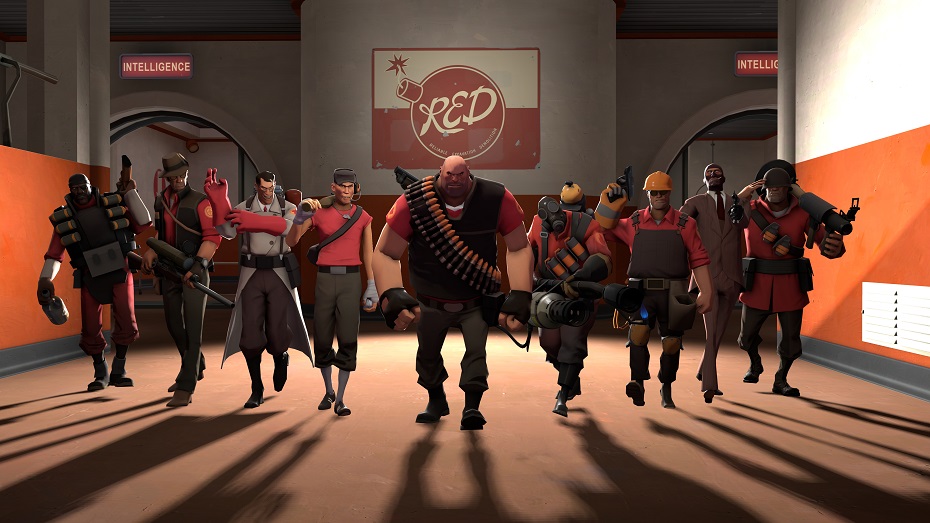
In the future, Source, whose structure is described by the developers as extremely flexible and modular, has been used in most of the company's games, constantly undergoing improvements and improvements. A lot of modern effects have been added, as well as various features of the engine have been expanded, including, for example, working with large locations, new platforms have been added to the list of supported ones. Initially, Source was available on Windows, later Xbox, Xbox 360, PlayStation 3 were added, since 2010 - Mac. Since 2012, Linux support has been added, the first game ported by Valve was Team Fortress 2.
| Specifications |
Source is a game engine, therefore it consists of various components, including: Physics engine, graphics engine, audio engine, etc.

One of the features of the engine is its character animation system, in particular, facial animation, which contains many tools for creating expressive facial expressions and precise synchronization of actors' speech with animation; the engine also features advanced game artificial intelligence that can effectively control the player's opponents or allies; it was one of the first to use complex shader effects; in games on the engine, shader water was actively used, reflecting the world around it.
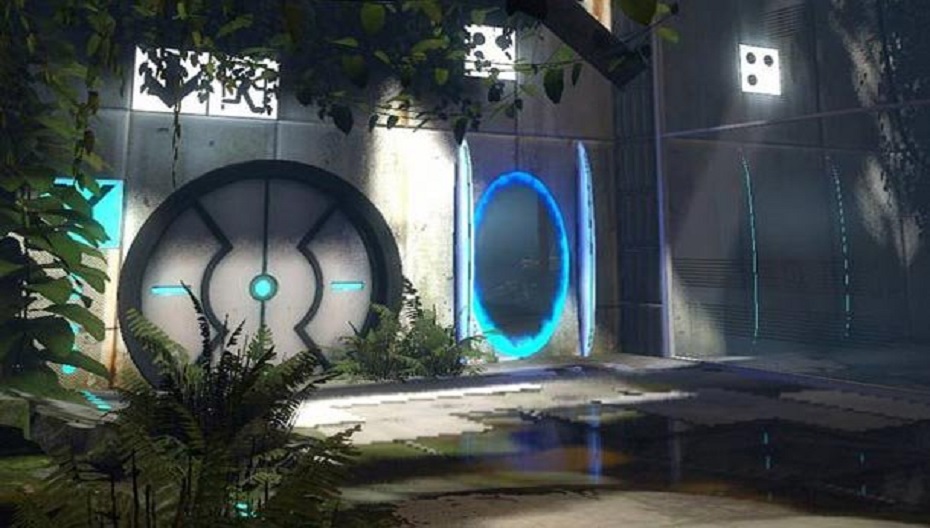
The physics engine is based on Havok. It allows you to calculate many physical objects, such as rigid bodies, elastic bodies, ropes, surfaces, etc. It is possible to create realistic vehicles, from cars to hovercraft and helicopters. To calculate the behavior of the vehicle on the road or in the air, many parameters are used, for example, the grip of the wheels with the road, the mass of the car. To give realistic movement to the body, ragdoll physics is used; pre-created animation can be mixed with real-time physics.
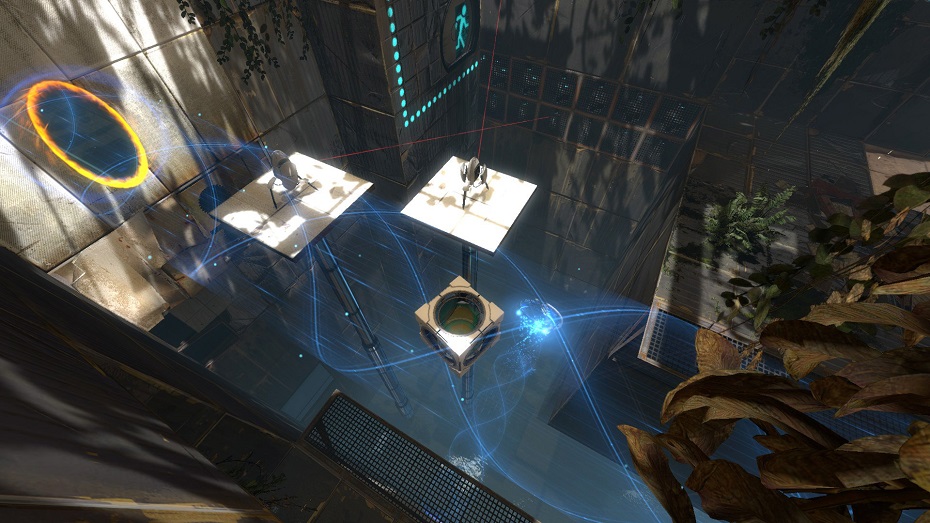
With the development of Source, it was added: HDR rendering, dynamic lighting and shading with the ability to self-shadow objects, soft shadows from (there is the possibility of using traditional light maps), multi-core rendering for multi-core processors, an advanced particle system.
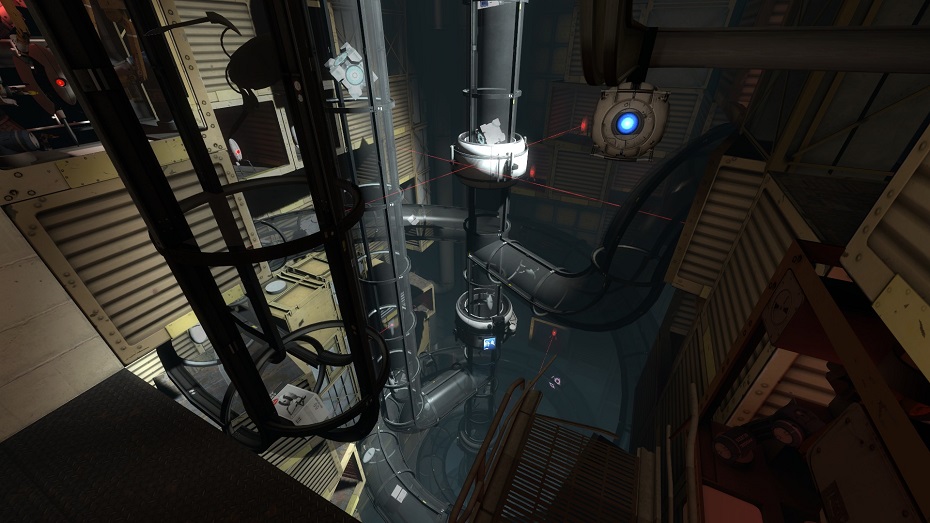
| SDK tools |
Source SDK is a set of utilities for creating modifications on the Source engine, available for free through Steam to players. The set includes: map editor - Valve Hammer Editor, utility for creating facial animation of models - Faceposer, model viewer in .MDL format - Model Viewer.

In addition to the three main utilities, the set includes a utility for unpacking the base files when creating a new mod, as well as source code files for the libraries of some Valve games, which allows you to manually create games with modified characteristics without decompiling the engine. However, compiling new files requires knowledge of the C++ language and the compiler.
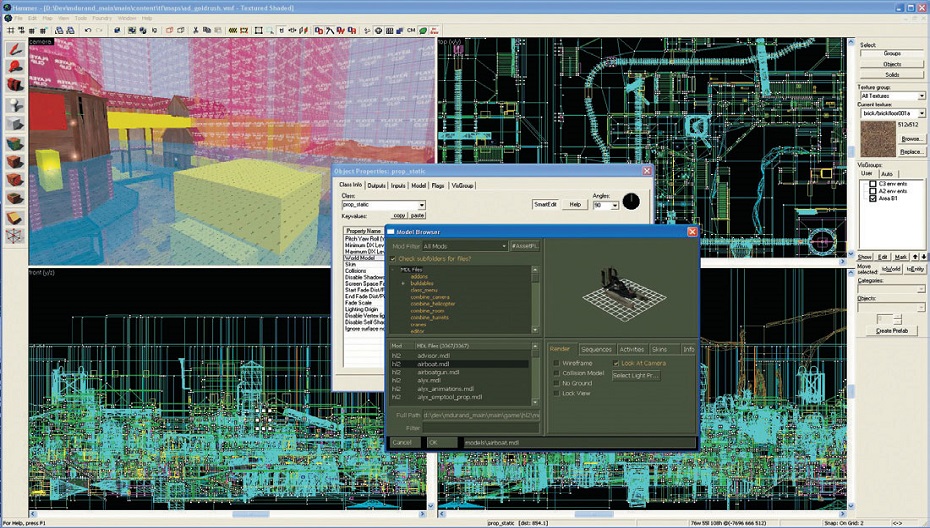
| Engine versions and updates |
The following are the various internal versions of the Source engine, with a list of games that used a particular version of the engine:
Early versions (2003) - An early version of the engine was used in the beta version of Half-Life 2 leaked to the Web in 2003, the game was visually similar to Half-Life on GoldSource and did not contain many technologies. On another version of the engine, already close to the one that debuted with Half-Life 2, the game Vampire: The Masquerade - Bloodlines was created.

Source Engine 2004 (Source Engine 6) is the first release version of the engine, first used in Half-Life 2. Natively supports scaling, updateability, shader rendering, facial animation, and dynamic lighting. Until 2005 used in: Half-Life 2, Counter-Strike: Source, Half-Life 2: Deathmatch, Half-Life: Source. Updated to Source Engine 7.

Source Engine 2005 (Source Engine 7) is an updated version. Compared to its predecessor, it supports High Dynamic Range Rendering, to demonstrate new lighting technologies, the developers released Half-Life 2: Lost Coast, in essence, this game is a level that did not make it into the final version of Half-Life 2. The engine is considered obsolete, it is used in : Half-Life 2: Lost Coast; used in: Half-Life 2: Deathmatch, Counter-Strike: Source, Half-Life Deathmatch: Source, Day of Defeat: Source until 2006; until 2010 in Half-Life 2; until 2014 - in Half-Life: Source.
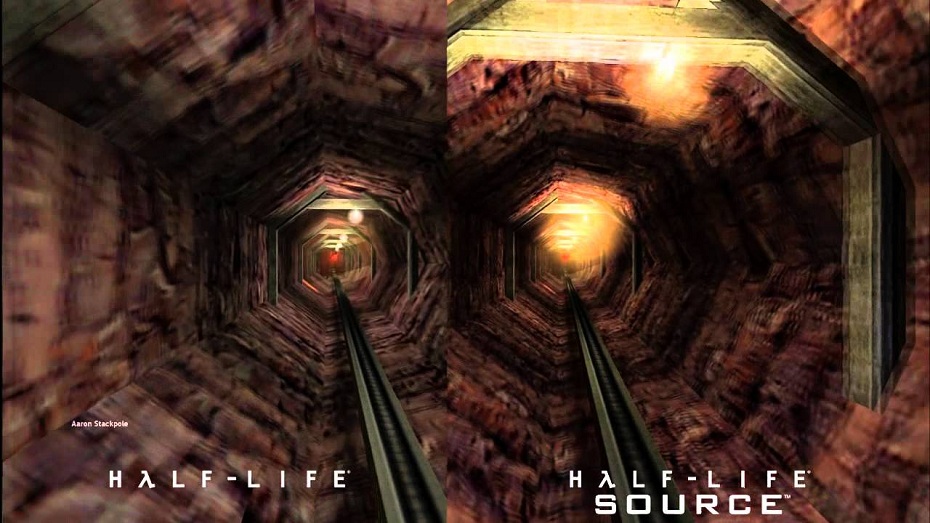
Source Engine 2006 (Source Engine 7: Base Source Engine 2) with Development Kit: Source SDK Base 2006 is the third version of the engine on which several games have been released. It also powered a number of Valve's multiplayer games until 2010. It has been updated to support updated facial animation, multi-core rendering, and updated HDR. A large number of modifications were released for this version of the engine, in addition, the mods released for earlier versions are compatible with this version, which do not work on later versions, so it is still used by mod authors. Used in Half-Life Deathmatch: Source, SiN Episodes: Emergence, Dark Messiah of Might and Magic; used in Day of Defeat: Source until 2009; until 2010 in Half-Life 2: Episode One, Half-Life 2: Deathmatch, Counter-Strike: Source,
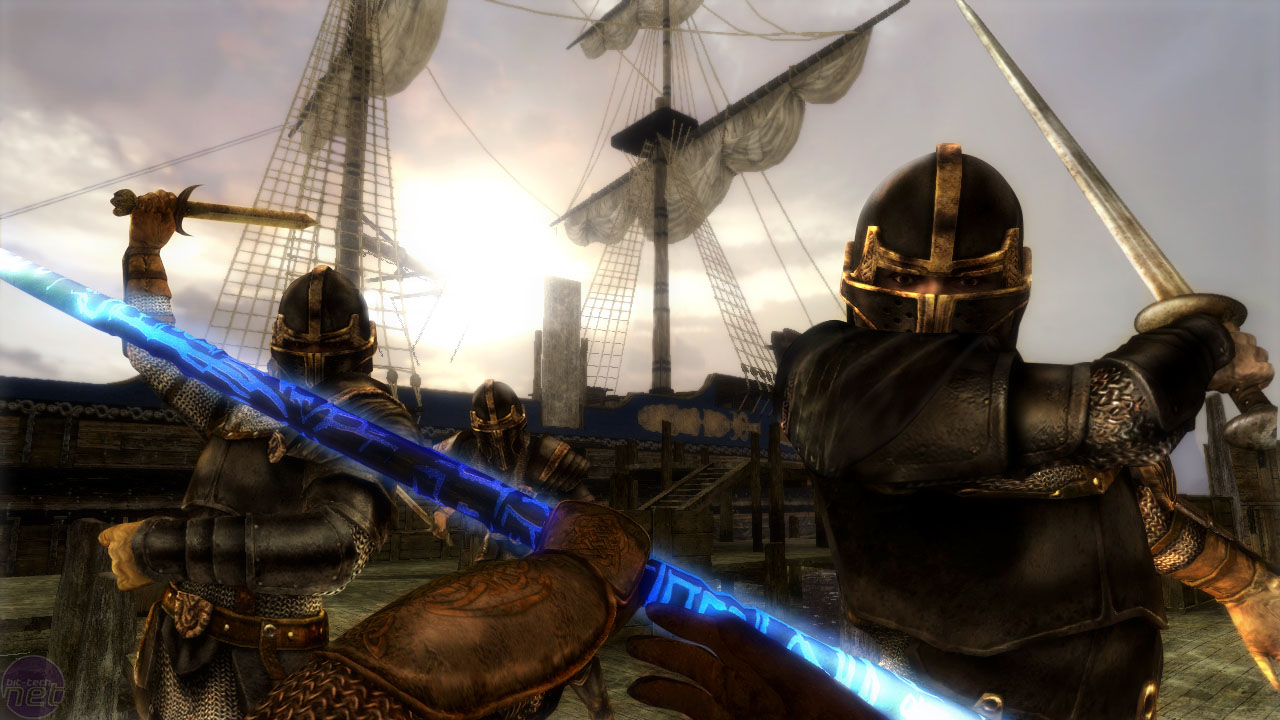
Source Engine 2007 (Source Engine 14); with development kit: Source SDK Base 2007 - the fourth version of the engine, heavily modified and updated, used for the first time in Valve's games of The Orange Box collection. Shader rendering has been updated, dynamic lighting and shading have been significantly improved, a soft particle system has also been introduced, and cinematic physics has been added, a feature that greatly expands the use of the physics engine. The engine contains significant changes from Source Engine 7, so game modifications released for earlier versions are not compatible with this and later versions. Used in Black Mesa; until 2010 in Half-Life 2: Episode Two, Portal, Team Fortress 2, Day of Defeat: Source.
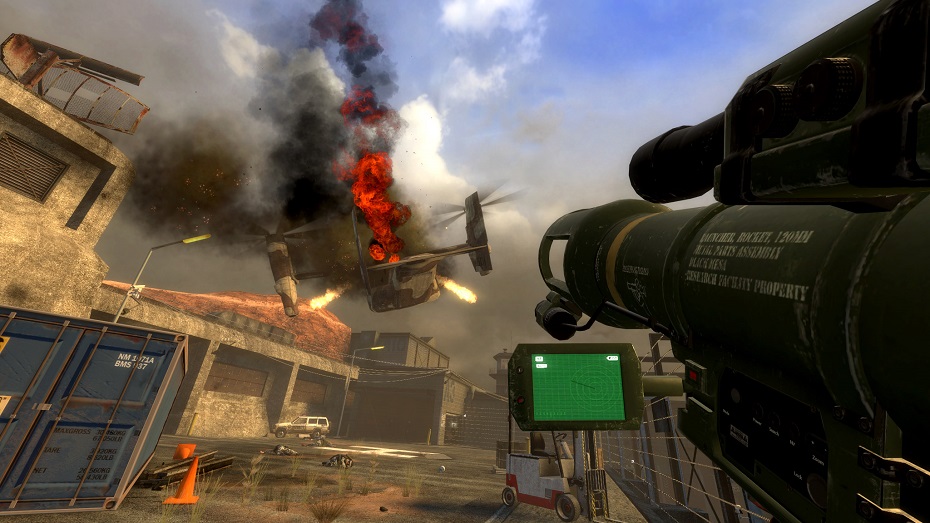
Source Engine 2008 (Source Engine 14: Base Source 3) - the next version of the engine with improved cinematic physics and some visual effects (for example, depth of field); used in Left 4 Dead.
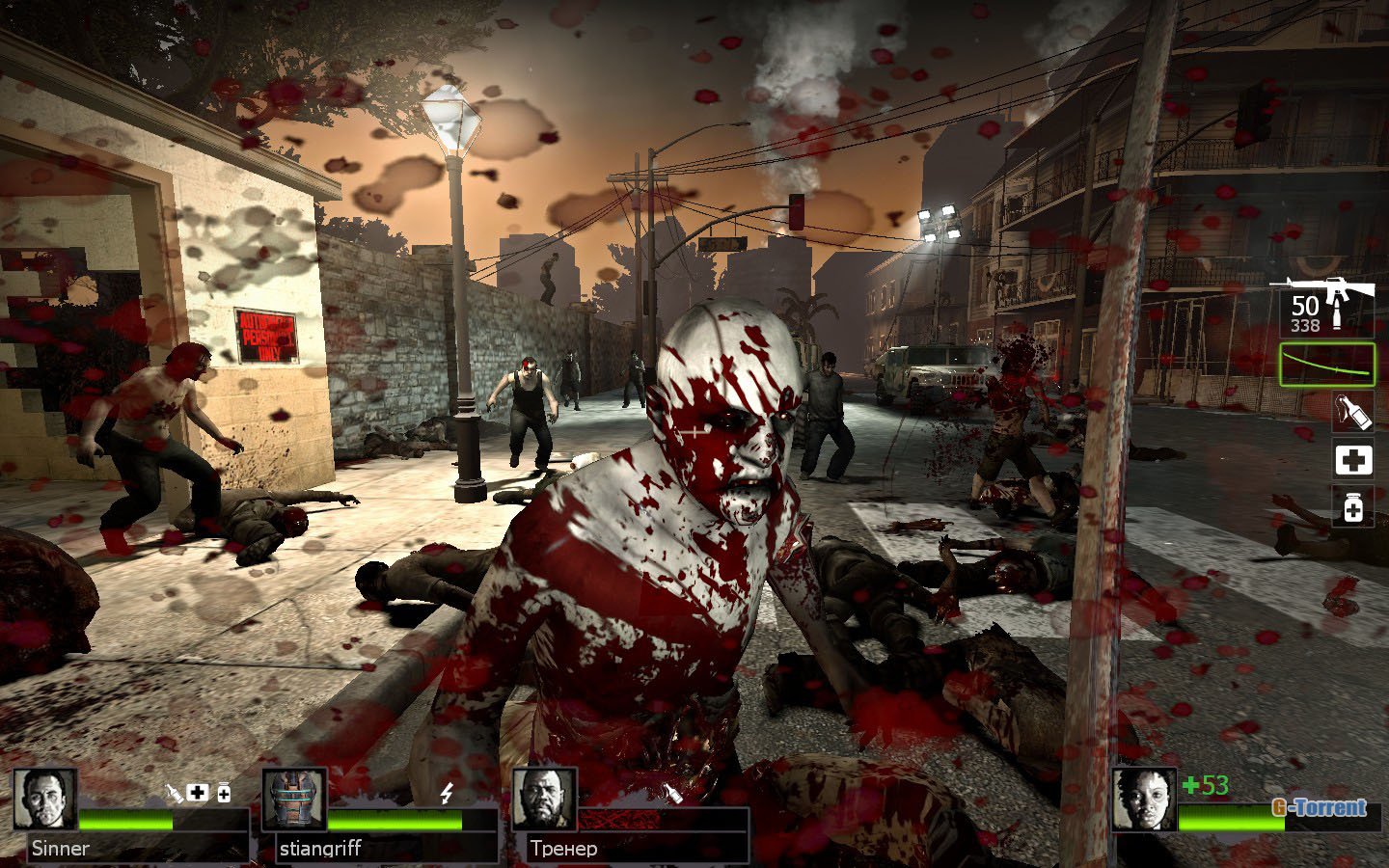
Source Engine 2009 (Source Engine 15) is the sixth, heavily modified version of the engine. All functions have been updated, the particle system, facial animation, scaling and the possibility of updates have been significantly improved. Released with Left 4 Dead 2, earlier Valve games were updated to this version. Used by: Left 4 Dead 2, Zeno Clash, Postal III, since September 2010 games have switched to this series: Counter-Strike: Source, Half-Life 2, Half-Life 2: Deathmatch, Half-Life 2: Episode One, Half -Life 2: Episode Two, Portal, Team Fortress 2.
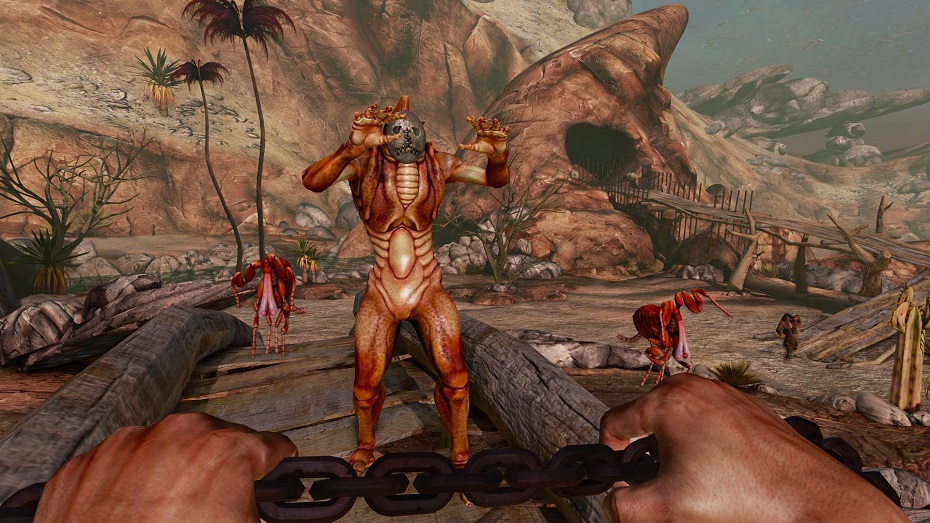
Source Engine 2010 (Source Engine 17) is the seventh version of the engine. Used in: Day of Defeat: Source, Bloody Good Time.
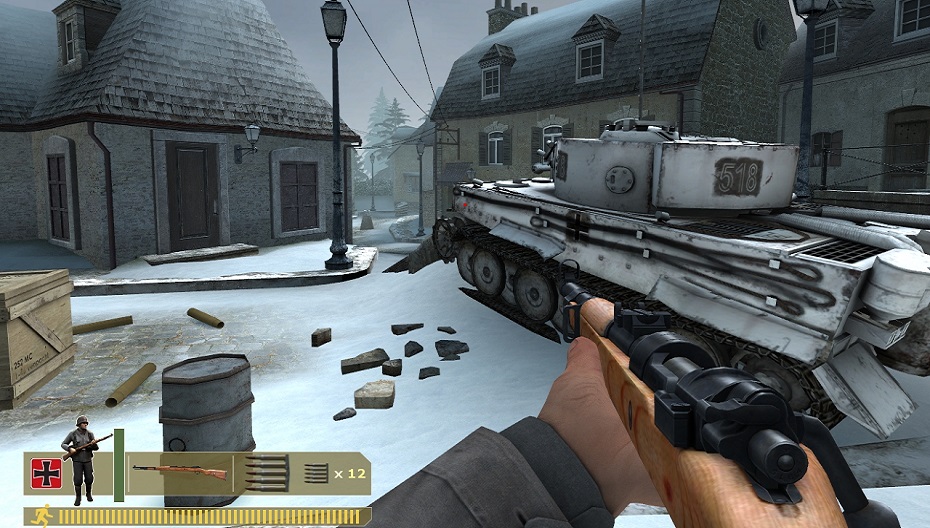
Source Engine 2011 - used in Portal 2, Dota 2, Counter-Strike: Global Offensive, The Stanley Parable.
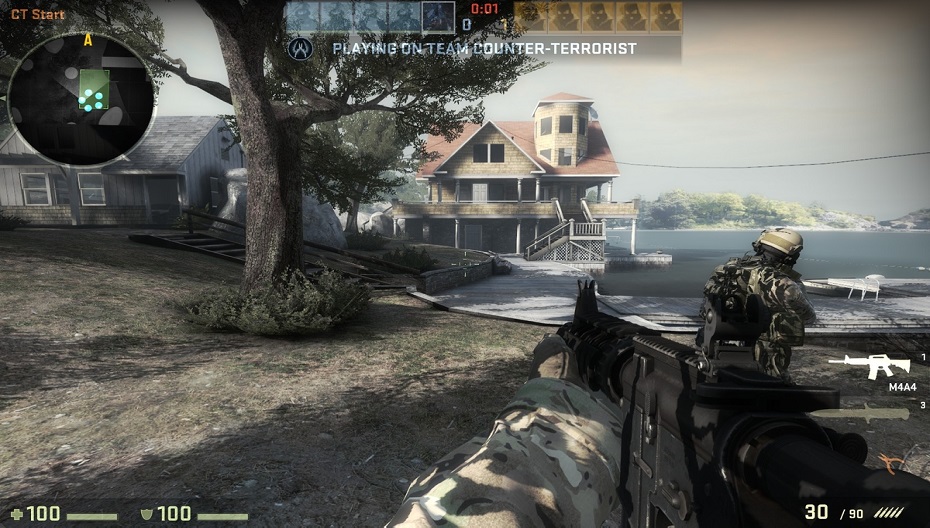
Source Engine Multiplayer (Source Engine 19) - a variant of the engine adapted for the needs of multiplayer games; until 2010 used: Counter-Strike: Source, Team Fortress 2, Day of Defeat: Source, Half-Life 2: Deathmatch, Garry's Mod.
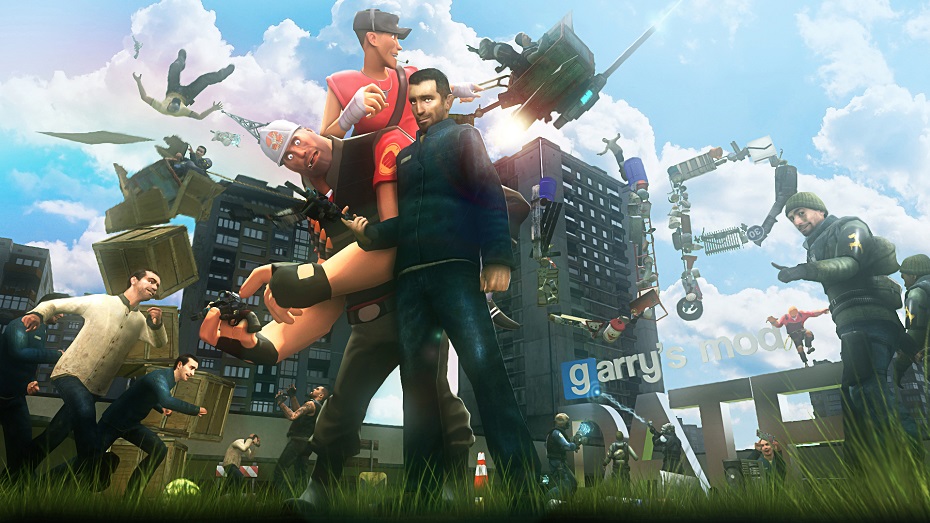
Source Engine Multiplayer (Source Engine 21) - used until 2012: Counter-Strike: Source, Team Fortress 2, Day of Defeat: Source, Half-Life 2: Deathmatch, Garry's Mod.
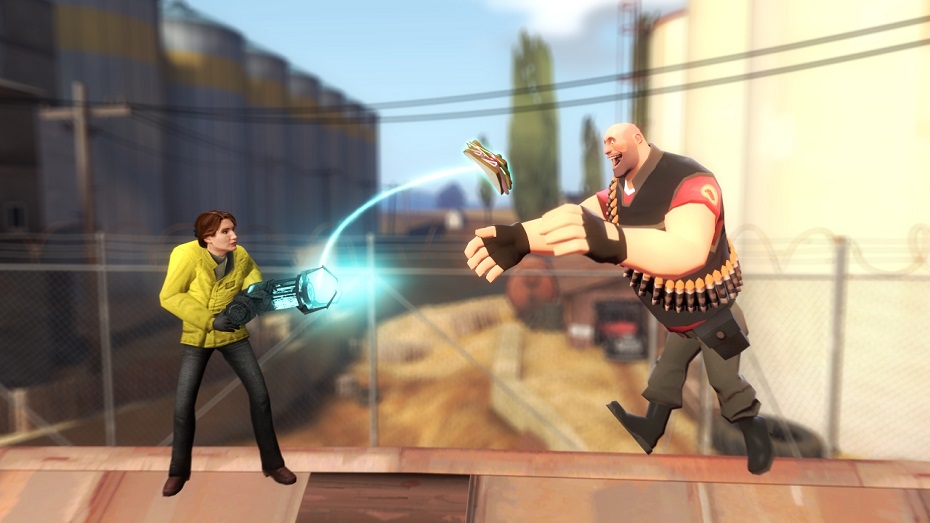
Source Engine Multiplayer (Source Engine 23) - Improved Big Picture Mode on Steam. until 2013 used in: Counter-Strike: Source, Team Fortress 2, Day of Defeat: Source, Half-Life 2: Deathmatch, Garry's Mod.
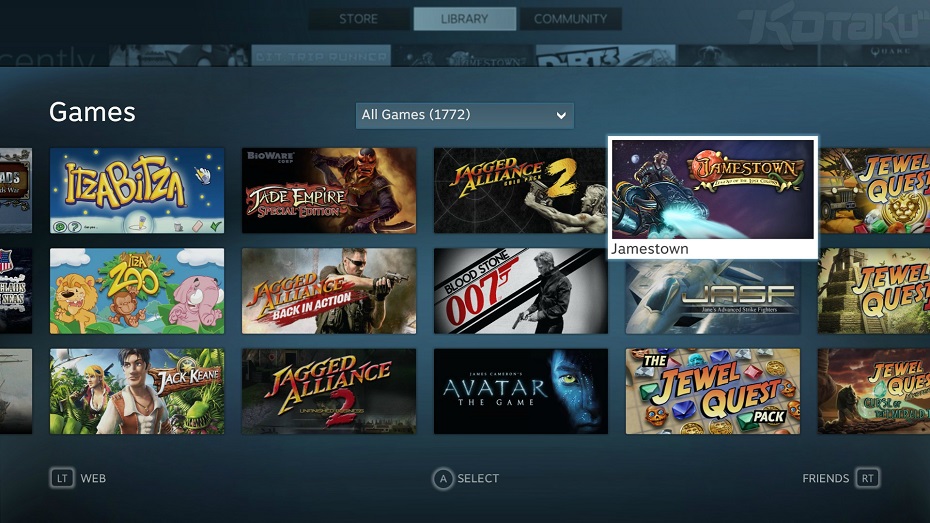
Source Engine 2013 (Source Engine 24); with the Source SDK Base 2013 toolkit - one of the latest versions of the engine to which Valve has transferred most of their games. Among the changes: in order to optimize the use of disk space, it was decided to abandon the use of bulky .GCF files (archives with game resources), in favor of a file system codenamed SteamPipe. Games on the new engine are now installed in the Steam\SteamApps\Common directory, and game files are stored in .VPK files. A convenient system for adding custom content (mods) has been created for Counter-Strike: Source, Team Fortress 2 and Half-Life 2: Deathmatch: there is a custom folder, in which a folder with an arbitrary name is created, and classic folders of modification materials are already added to it ( materials, models, etc.). Added compatibility with Linux.
| Source 2 Engine |

Valve officially announced Source 2 at the GDC 2015 Game Developers Conference in San Francisco on March 3rd. According to Valve, Source 2 will be "available for free to all content developers." A similar statement was made recently by Epic Games, whose Unreal Engine 4 engine no longer requires a monthly subscription to use it.
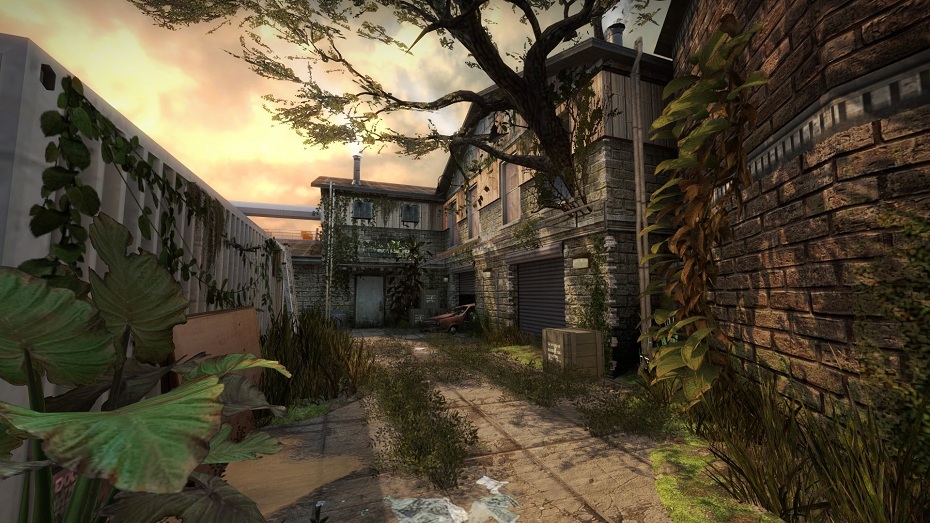
“With Source 2, we want to increase the productivity of creative people,” Valve lead programmer Jay Stelly said in a press release. “With user-generated content becoming increasingly important, Source 2 isn't just for professional developers. It allows the players themselves to participate in the creation and development of their favorite projects.
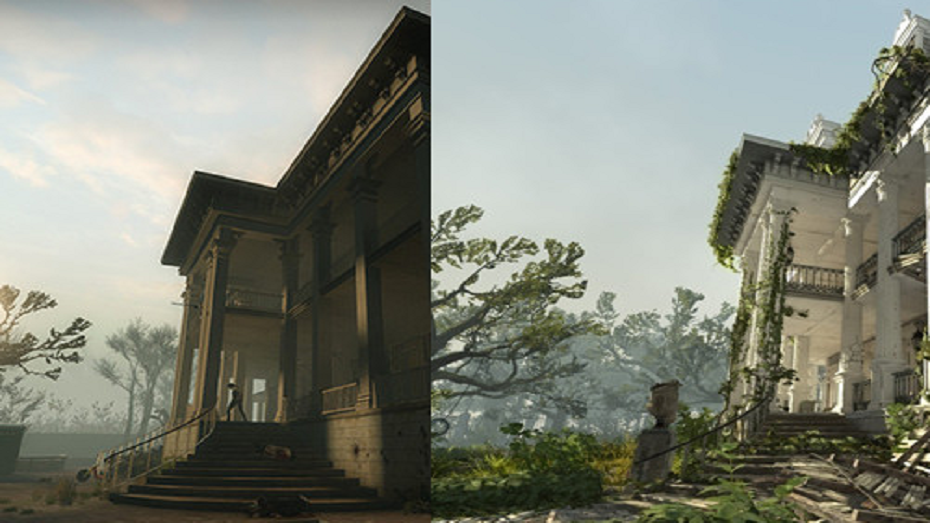
The distribution model from Valve looks much more interesting compared to competitors, the engine is free for everyone, but if you want to make a game on Source 2, please be kind enough to sell it through our Steam platform. Source 2 is a powerful tool that can satisfy the needs of any developer, detailed specifications of the engine have not yet been announced, as well as the date of the announcement, but versions with support for the Vulkan API are mentioned - a new development from the Khronos Group that will allow game creators to get the most out of the most modern computer hardware. No projects on Source 2 have been announced yet, but a video is circulating on the net in which a Dota 2 game launched using Source 2 was shown to developers at a closed presentation. Now every user with a Steam account has the opportunity to run Dota 2 on Source engine 2.
Earlier, a video was also published demonstrating the performance of the engine and its compatibility with virtual reality technology, in which the Aperture Science laboratory from the Portal games dilogy is visible.
Valve made great efforts to be different from everyone, as a result they got a unique technology that was ahead of its time. Despite the rather long period of existence of the Source engine, the games do not look pretty bad and did not hamper the developers in the implementation of their ideas. All thanks to constant updates not only of games, but also of the engine itself, as evidenced by many Build versions of Source. Games created on Source are not only the legendary series that every Half Life, Portal, Left 4 dead gamer has heard about, but also games that have turned into Counter Strike: Global offensive, Dota 2 esports disciplines. At the moment, Valve are the organizers of the championship with the largest prize fund ($13 000 000) and it is still growing. Now, with the announcement of Source 2, the question is whether it will be a breakthrough and a new era for games or another technology, of which there are quite a lot at the moment. At the very least, the monetization of the engine is very impressive, and the Steam Machines console, controller, Steam Link, Steam Lighthouse (a device for a virtual reality helmet) speaks of Valve's intention to penetrate into all areas related to computer games. Well, we can only wait until we can enjoy the results of Valve's work and fully experience the next gene of the computer entertainment industry.
Check out Source Engine 1 1 1 1 1 1 1 1 1 1 Rating 93% [56 Votes] |
Check out Source Engine 2 1 1 1 1 1 1 1 1 1 1 Rating 94% [55 Votes] |



